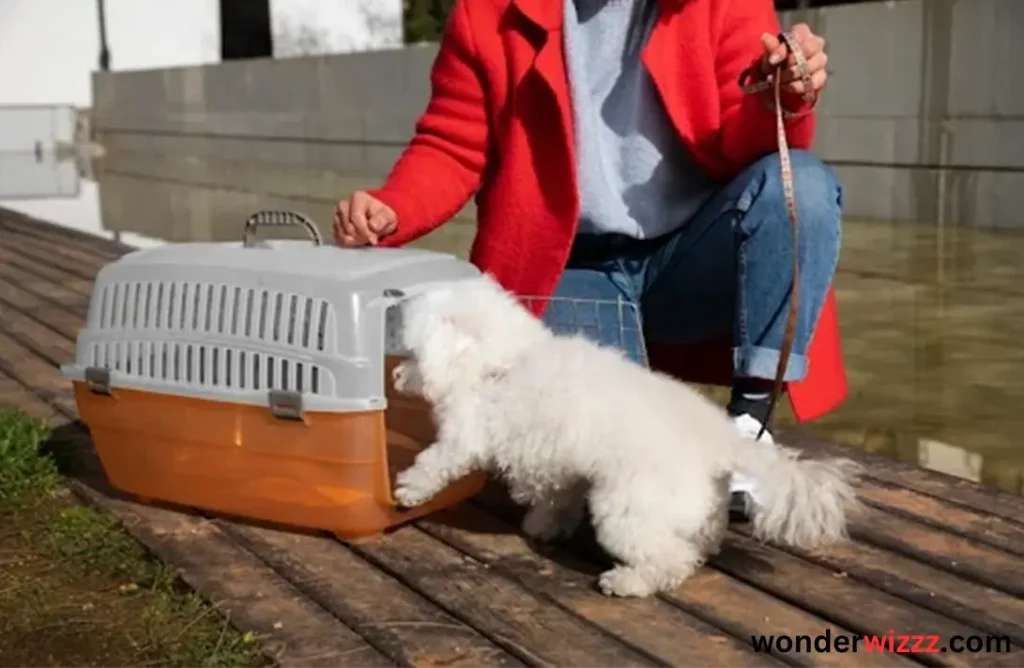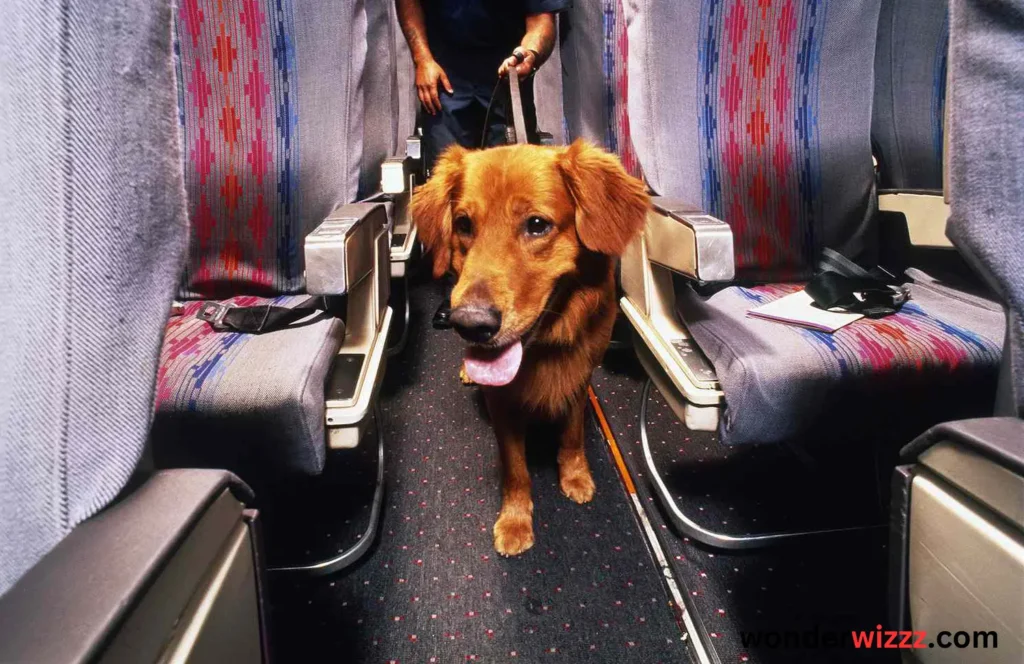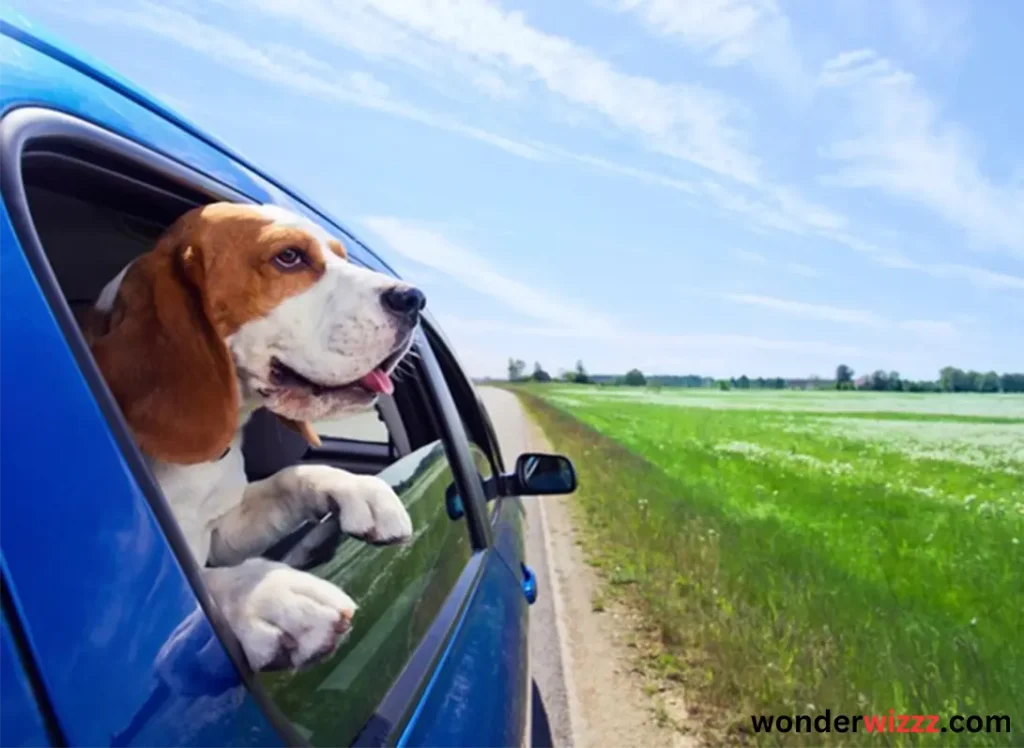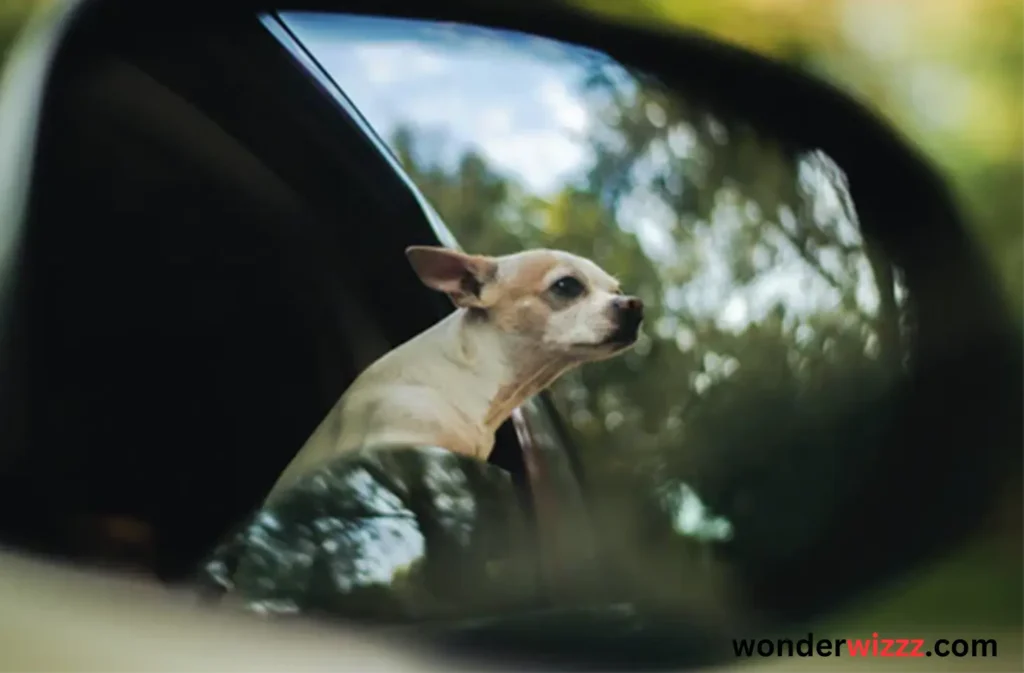How do you prepare your pet for a long journey?

Introduction
Traveling with your furry friends can be exciting, but it’s crucial to prepare them well. This guide aims to help you ensure your pet stays safe and comfortable during long journeys.
A. Why Preparing Pets Matters
Taking the time to prepare your pet for travel is essential for their well-being. Just like humans, pets can feel stressed and anxious during long journeys if not properly prepared. By planning, you can minimize their discomfort and make the trip more enjoyable for both of you.
B. Purpose of This Guide
The purpose of this guide is to offer comprehensive advice on preparing pets for travel. Whether you’re embarking on a road trip, flying to a new destination, or taking a long train journey, these tips will help you get your pet ready for the adventure ahead.

Understanding Your Pet’s Needs
Before embarking on a long journey with your pet, it’s crucial to understand their unique needs.
A. Different Types of Pets
Consider the type of pet you have, whether it’s a dog, cat, rabbit, or any other furry friend. Each type has its requirements and behaviors that you need to consider when preparing for travel.
B. Assessing Your Pet’s Health and Temperament
Take some time to assess your pet’s health and temperament. Is your pet prone to anxiety or motion sickness? Are they healthy enough for travel? Understanding these factors will help you tailor your preparations to suit your pet’s specific needs.
C. Researching Breed or Species Requirements
Research specific requirements for your pet’s breed or species. Different breeds may have different needs when it comes to travel. For example, brachycephalic breeds (dogs with short noses) may have difficulty breathing during flights, while some small mammals may require special handling or temperature considerations.

Veterinary Check-Up and Documentation
Before hitting the road or taking to the skies with your furry friend, it’s important to visit the vet and get the necessary paperwork sorted out.
A. Why a Vet Check-Up Matters
Taking your pet to the vet before traveling is crucial. The vet will make sure your pet is healthy enough for the journey and can provide advice on how to keep them comfortable during travel.
B. Vaccinations, Medications, and Preventive Treatments
Your vet will ensure your pet is up-to-date on vaccinations and may recommend additional medications or preventive treatments depending on where you’re traveling and your pet’s health needs. This helps protect your pet from diseases they may encounter during the journey.
C. Getting the Right Documents
Before traveling, make sure you have all the necessary documentation for your pet. This usually includes a health certificate issued by the vet, vaccination records, and any other relevant paperwork required by your destination or mode of transportation.

Planning the Journey Logistics
Once your pet is healthy and equipped with the right documentation, it’s time to plan how you’ll get to your destination together.
A. Picking the Best Way to Travel
Decide on the mode of transportation that suits you and your pet best. Whether it’s by car, plane, train, or another means, choose the one that will be the most comfortable and safe for your furry friend.
B. Arranging Pet-Friendly Accommodations
If your journey involves overnight stays, make sure to book accommodations that welcome pets. Not all hotels or rental properties allow animals, so it’s essential to plan and find suitable places to stay.
C. Ensuring Comfort and Safety
Regardless of how you’re traveling, ensure your pet’s comfort and safety throughout the journey. This includes providing proper ventilation, controlling the temperature to prevent overheating or getting too cold, and securing your pet in a carrier or seatbelt for their safety.

Crate Training and Familiarization
To help your pet feel safe and secure during the journey, it’s important to familiarize them with their travel crate or carrier.
A. Introducing the Crate Gradually
Start by introducing your pet to their travel crate or carrier gradually. Let them explore it at their own pace, and make it a positive experience by placing treats or their favorite toys inside.
B. Using Positive Reinforcement
Use positive reinforcement techniques to encourage your pet to associate the crate with good things. Reward them with treats and praise when they voluntarily enter the crate and gradually increase the amount of time they spend inside.
C. Getting Used to Extended Time in the Crate
As your journey may involve spending extended periods in the crate, it’s essential to acclimate your pet to this. Start by gradually increasing the amount of time they spend in the crate while you’re at home, and then practice taking short trips in the car or around the block to help them get used to traveling in the crate.
Packing Essentials for Your Pet
When preparing for a long journey with your pet, make sure you have everything they need to stay comfortable and safe along the way.
A. Ample Food and Water Supply
Pack enough food and water to last the duration of the journey, plus a little extra just in case. Keep in mind your pet’s regular feeding schedule and try to stick to it as much as possible during travel.
B. Familiar Bedding or Toys
Bring along your pet’s favorite bedding or toys to provide them with a sense of comfort and familiarity during the journey. Having familiar items can help reduce stress and anxiety for your pet.
C. Emergency Supplies
Be prepared for any unexpected situations by packing emergency supplies such as a first aid kit, any necessary medications, and waste disposal bags. These items can be crucial in case of accidents or emergencies while on the road.
Managing Your Pet’s Stress and Anxiety
Helping your pet stay calm and relaxed during the journey is essential for their well-being.
A. Techniques to Reduce Stress
Use techniques like calming pheromones or soothing music to help alleviate your pet’s travel-related stress. These methods can create a more soothing environment and help your pet feel more at ease.
B. Providing Reassurance and Comfort
Offer your pet plenty of reassurance and comfort throughout the journey. Speak to them in a soothing voice, pet them gently if it’s safe to do so, and provide comfort items like their favorite blanket or toy.
C. Recognizing Signs of Distress
Be attentive to signs of distress in your pet, such as excessive panting, pacing, or whining. If you notice these signs, it’s essential to address them promptly and consider seeking professional help if needed.
Ensuring Safety and Security
Making sure your pet is safe and secure during the journey is vital for their well-being.
A. Proper Identification
Ensure your pet has proper identification, such as a microchip and ID tags with your contact information. This helps in case they get lost during the journey, making it easier for someone to reunite you with your pet.
B. Securing Pets During Transportation
Secure your pet properly during transportation to prevent them from escaping or getting injured. Use a secure carrier or harness designed for pets to keep them safe while on the move.
C. Being Prepared for the Unexpected
Be prepared for unexpected situations by knowing what to do if your pet gets lost. Have protocols in place for contacting local shelters or animal control, and keep a list of emergency contacts handy in case you need assistance during the journey.
Arrival and Transitioning to a New Environment
Helping your pet settle into their new surroundings after a long journey is important for their comfort and well-being.
A. Allowing Time to Acclimate
Allow your pet sufficient time to adapt to their new surroundings. Let them explore gradually and provide a safe space where they can relax and feel secure as they get used to their surroundings.
B. Establishing Familiar Routines
Establish familiar routines in the new location to help your pet feel more comfortable and secure. Stick to their regular feeding and walking schedules as much as possible to provide consistency and stability.
C. Monitoring for Signs of Stress
Keep an eye out for signs of stress or health issues after arrival. These could involve alterations in eating patterns, behavior, or toileting routines. If you notice any concerning signs, consult with a veterinarian for guidance and support.
Conclusion
As you prepare to embark on a long journey with your pet, it’s essential to keep a few key points in mind.
A. Recap of Key Points
Remember the importance of understanding your pet’s needs, visiting the vet for a check-up and necessary documentation, planning the journey logistics, crate training and familiarization, packing essentials, managing stress and anxiety, ensuring safety and security, and transitioning to a new environment.
B. Importance of Thorough Planning
Thorough planning and consideration for your pet’s welfare are crucial for a successful journey. Taking the time to prepare and address your pet’s needs will help ensure they stay safe, comfortable, and happy throughout the trip.
C. Seeking Professional Advice
Don’t hesitate to seek professional advice if you’re unsure or facing challenges along the way. Veterinarians and pet experts are there to help you navigate any issues and provide guidance to ensure the best possible experience for you and your furry companion.
People also ask
How to prepare a pet for travel?
Start by gradually introducing them to their travel crate or carrier and ensuring they are comfortable spending time inside.
How can I get my dog ready for a lengthy journey?
Take your dog for short practice trips in the car to help them get used to traveling, and make sure to pack their essentials like food, water, and familiar bedding.
How do I ready my dog for an extended flight?
Acclimate your dog to their travel crate well in advance, and consider consulting with your veterinarian about any necessary medications or calming techniques.
How do you transport pets long distances?
Choose a suitable mode of transportation, such as driving, flying, or taking a train, and ensure your pet’s safety and comfort throughout the journey.
How can I get my dog ready for a flight lasting 10 hours?
Gradually acclimate your dog to spending extended periods in their travel crate, and consider providing them with calming aids or medications if recommended by your vet.
How do pets travel on long flights?
Pets typically travel in the cargo hold of the airplane, secured in their travel crates, with special attention given to their safety and well-being during the flight.



